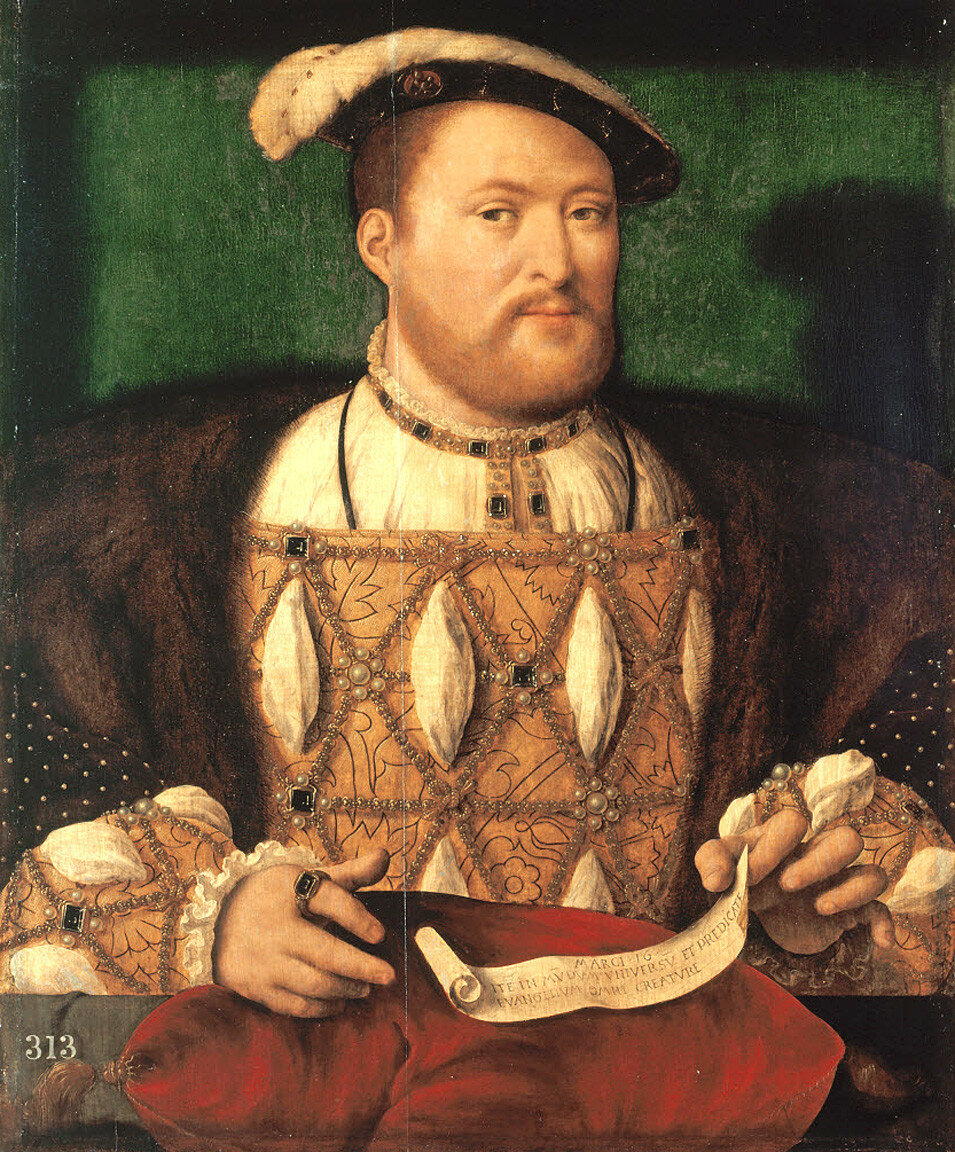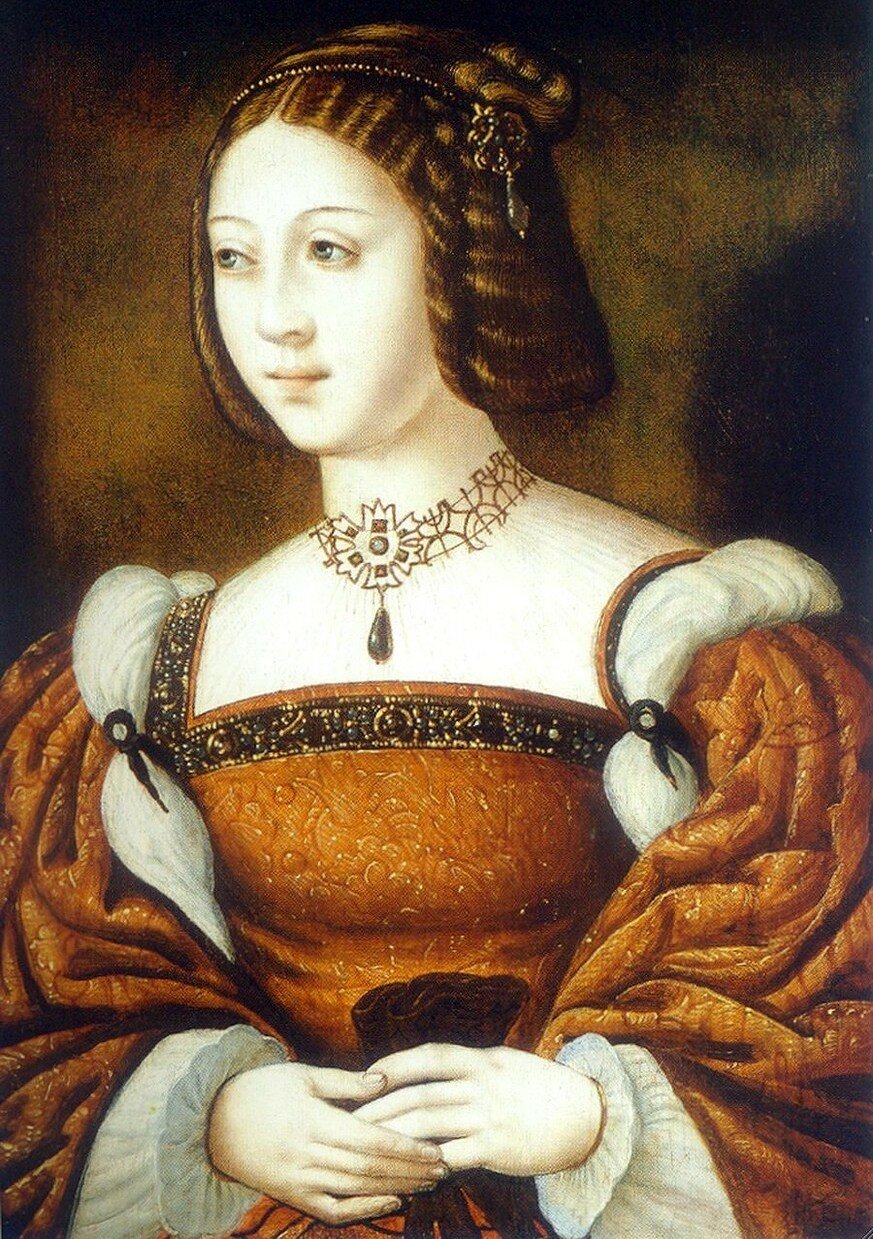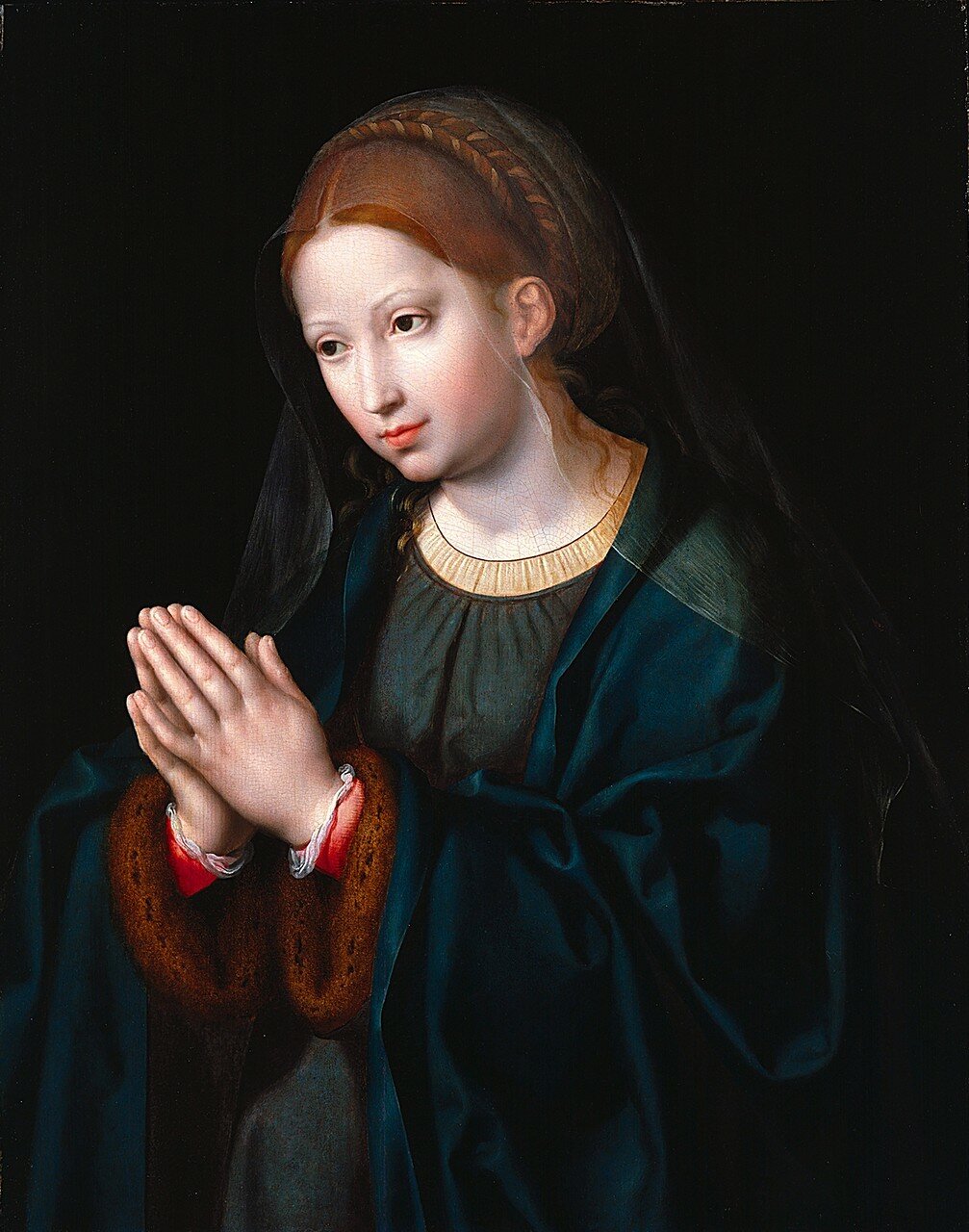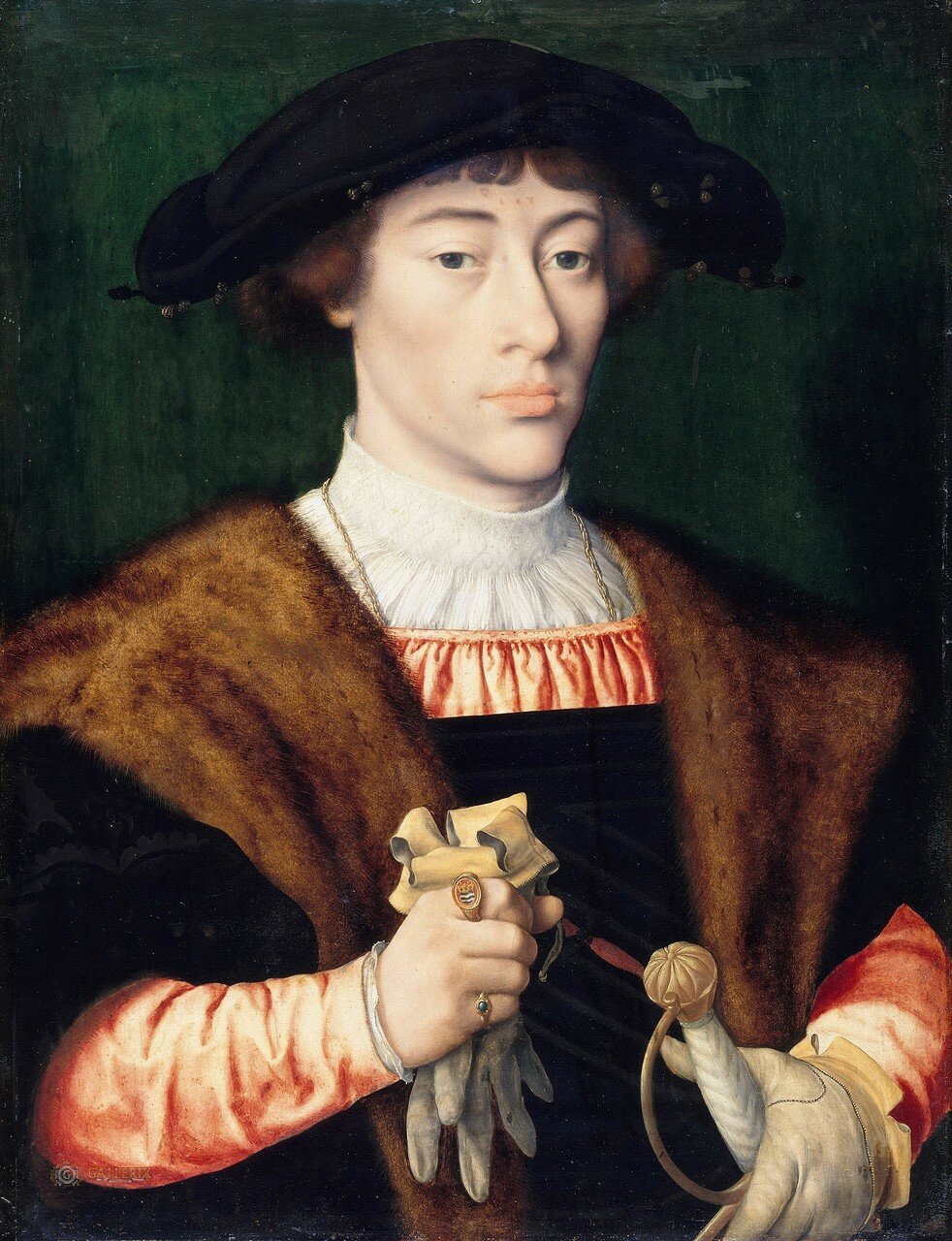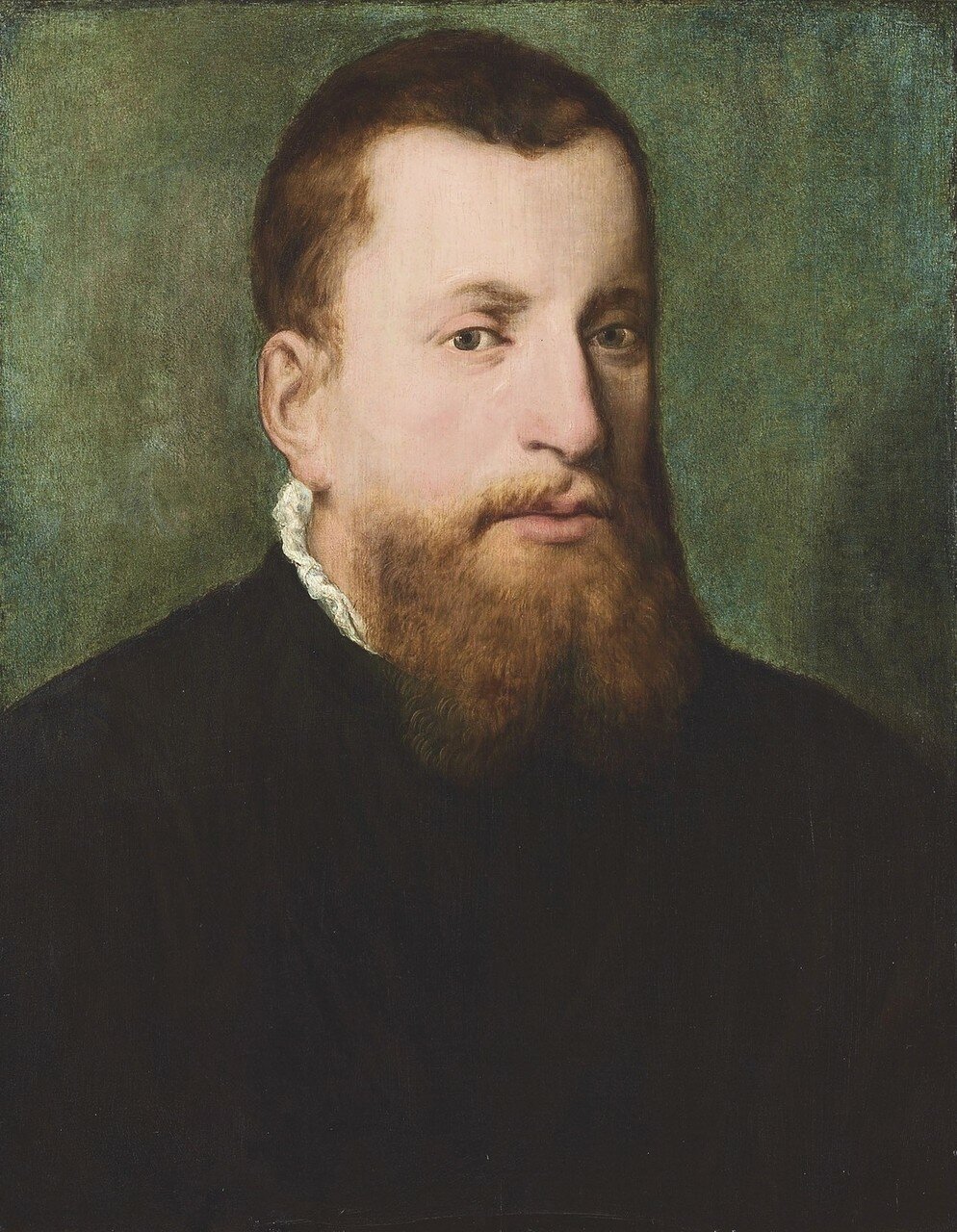|
Sunday, December 17, 2017
SNOW by Louis MacNeice
THE DARKLING THRUSH by Thomas Hardy
THE DARKLING THRUSH
by Thomas Hardy
I leant upon a coppice gate
When Frost was spectre-grey,
And Winter's dregs made desolate
The weakening eye of day.
The tangled bine-stems scored the sky
Like strings of broken lyres,
And all mankind that haunted nigh
Had sought their household fires.
The land's sharp features seemed to be
The Century's corpse outleant,
His crypt the cloudy canopy,
The wind his death-lament.
The ancient pulse of germ and birth
Was shrunken hard and dry,
And every spirit upon earth
Seemed fervourless as I.
At once a voice arose among
The bleak twigs overhead
In a full-hearted evensong
Of joy illimited;
An aged thrush, frail, gaunt, and small,
In blast-beruffled plume,
Had chosen thus to fling his soul
Upon the growing gloom.
So little cause for carolings
Of such ecstatic sound
Was written on terrestrial things
Afar or nigh around,
That I could think there trembled through
His happy good-night air
Some blessed Hope, whereof he knew
And I was unaware.
|
 |
IN THE BLEAK MIDWINTER by Christina Rossetti
IN THE BLEAK MIDWINTER
by Christina Rossetti
In the bleak midwinter, frosty wind made moan,
Earth stood hard as iron, water like a stone;
Snow had fallen, snow on snow, snow on snow,
In the bleak midwinter, long ago.
Our God, Heaven cannot hold Him, nor earth sustain;
Heaven and earth shall flee away when He comes to reign.
In the bleak midwinter a stable place sufficed
The Lord God Almighty, Jesus Christ.
Enough for Him, whom cherubim, worship night and day,
Breastful of milk, and a mangerful of hay;
Enough for Him, whom angels fall before,
The ox and ass and camel which adore.
Angels and archangels may have gathered there,
Cherubim and seraphim thronged the air;
But His mother only, in her maiden bliss,
Worshipped the beloved with a kiss.
What can I give Him, poor as I am?
If I were a shepherd, I would bring a lamb;
If I were a Wise Man, I would do my part;
Yet what I can I give Him: give my heart.
|
 |
Tuesday, September 26, 2017
AN AUTUMN RAIN - SCENE - Poem by Thomas Hardy
Tuesday, August 1, 2017
THE OCEAN - by © B Gosling
|
Labels:
NATURE,
POETRY,
SEA / OCEAN,
SUMMER
Sunday, July 30, 2017
Tuesday, July 11, 2017
THE OCEAN - by © B Gosling
|
Labels:
NATURE,
POETRY,
SEA / OCEAN,
SEASONS
Thursday, June 1, 2017
MY DEAREST LOVE - by © Sherri Brown
Labels:
LOVE POETRY,
POETRY
Saturday, May 20, 2017
A FABLE by Mark Twain
Once upon a time an artist who had painted a small and very beautiful picture placed it so that he could see it in the mirror. He said, “This doubles the distance and softens it, and it is twice as lovely as it was before.”
The animals out in the woods heard of this through the housecat, who was greatly admired by them because he was so learned, and so refined and civilized, and so polite and high-bred, and could tell them so much which they didn’t know before, and were not certain about afterward. They were much excited about this new piece of gossip, and they asked questions, so as to get at a full understanding of it. They asked what a picture was, and the cat explained.
“It is a flat thing,” he said; “wonderfully flat, marvelously flat, enchantingly flat and elegant. And, oh, so beautiful!”
That excited them almost to a frenzy, and they said they would give the world to see it. Then the bear asked:
“What is it that makes it so beautiful?”
“It is the looks of it,” said the cat.
This filled them with admiration and uncertainty, and they were more excited than ever. Then the cow asked:
“What is a mirror?”
“It is a hole in the wall,” said the cat. “You look in it, and there you see the picture, and it is so dainty and charming and ethereal and inspiring in its unimaginable beauty that your head turns round and round, and you almost swoon with ecstasy.”
The ass had not said anything as yet; he now began to throw doubts. He said there had never been anything as beautiful as this before, and probably wasn’t now. He said that when it took a whole basketful of sesquipedalian adjectives to whoop up a thing of beauty, it was time for suspicion.
It was easy to see that these doubts were having an effect upon the animals, so the cat went off offended. The subject was dropped for a couple of days, but in the meantime curiosity was taking a fresh start, and there was a revival of interest perceptible. Then the animals assailed the ass for spoiling what could possibly have been a pleasure to them, on a mere suspicion that the picture was not beautiful, without any evidence that such was the case. The ass was not troubled; he was calm, and said there was one way to find out who was in the right, himself or the cat: he would go and look in that hole, and come back and tell what he found there. The animals felt relieved and grateful, and asked him to go at once—which he did.
But he did not know where he ought to stand; and so, through error, he stood between the picture and the mirror. The result was that the picture had no chance, and didn’t show up. He returned home and said:
“The cat lied. There was nothing in that hole but an ass. There wasn’t a sign of a flat thing visible. It was a handsome ass, and friendly, but just an ass, and nothing more.”
The elephant asked:
“Did you see it good and clear? Were you close to it?”
“I saw it good and clear, O Hathi, King of Beasts. I was so close that I touched noses with it.”
“This is very strange,” said the elephant; “the cat was always truthful before—as far as we could make out. Let another witness try. Go, Baloo, look in the hole, and come and report.”
So the bear went. When he came back, he said:
“Both the cat and the ass have lied; there was nothing in the hole but a bear.”
Great was the surprise and puzzlement of the animals. Each was now anxious to make the test himself and get at the straight truth. The elephant sent them one at a time.
First, the cow. She found nothing in the hole but a cow.
The tiger found nothing in it but a tiger.
The lion found nothing in it but a lion.
The leopard found nothing in it but a leopard.
The camel found a camel, and nothing more.
Then Hathi was wroth, and said he would have the truth, if he had to go and fetch it himself. When he returned, he abused his whole subjectry for liars, and was in an unappeasable fury with the moral and mental blindness of the cat. He said that anybody but a near-sighted fool could see that there was nothing in the hole but an elephant.
MORAL, BY THE CAT
You can find in a text whatever you bring, if you will stand between it and the mirror of your imagination. You may not see your ears, but they will be there.

Labels:
PROSE,
SHORT STORY,
UNIVERSAL LITERATURE
Tuesday, May 9, 2017
THROUGH IT ALL - by© Destinee Snuffer
|
Saturday, May 6, 2017
Thursday, May 4, 2017
HOW IT USED TO BE - by © Melanie Edwards
Labels:
COUPLE,
LOVE POETRY,
WOMEN
Thursday, April 27, 2017
FRANS POURBUS THE YOUNGER (1569–1622) - PAINTINGS
Isabella of France (Queen of Spain)
Portrait of Isabella Clara Eugenia
Spouse Isabella Clara Eugenia - Albrecht.
Portrait of a Man
Portrait of the Spanish Infanta - Isabella Clara Eugenia with her dwarf
Henrietta Maria French - the youngest daughter of the French King Henry IV and Maria de 'Medici, married in 1625 for Charles I Stuart, King of England.
Portrait of Anne of Austria in mourning. 1621
Louis XIII, as a Dauphin in 10 years.
Christina Maria Bourbon is a French princess, after her marriage the Duchess of Savoy. The second daughter and the third child of King Henry IV of France and his second wife, Maria de 'Medici. 1612
Portrait of Maria Medici
Philip III - King of Spain
Gaston Jean Baptiste French, Duke of Orleans, the youngest son of King Henry IV and Maria Medici. 1611
Isabella Clara Eugenia - Spanish Infanta, ruler of the Spanish Netherlands.
Henry IV the Great is the leader of the Huguenots at the end of the Religious Wars in France, King of Navarre since 1572, King of France since 1589, the founder of the French royal dynasty of the Bourbons.
Children's portrait of the King of France Louis XIII
Maria Medici is the queen of France, the daughter of the Grand Duke Francesco I of Tuscany and Joanna of Austria. 1605 year.
Vincenzo I Gonzaga - Duke of Mantua, Duke of Monferrat since 1587. Son Guglielmo Gonzaga and Eleonora of Austria. The last great ruler of the dynasty.
Eleanor Medici is an Italian aristocrat from the Medici dynasty, in the marriage of the Duchess of Mantua and Monferrat. In 1584, Eleanor married Vincenzo I Gonzaga, who soon became ruler of Mantua and Monferrat.
A portrait of Eleanor Gonzaga, the youngest daughter of Vincenzo I Gonzaga, Duke of Mantua, and Eleonora de Medici.
Margarita Gonzaga - daughter of the Mantuan ruler Vincenzo I of the Gonzaga family, in marriage - the Duchess of Lorraine.
Portrait of Maria Medici
Guillaume du Vare, a lawyer and a writer. 1622
Portrait of Isabella Clara Eugenia
Portrait of Maria Medici
Subscribe to:
Comments (Atom)










